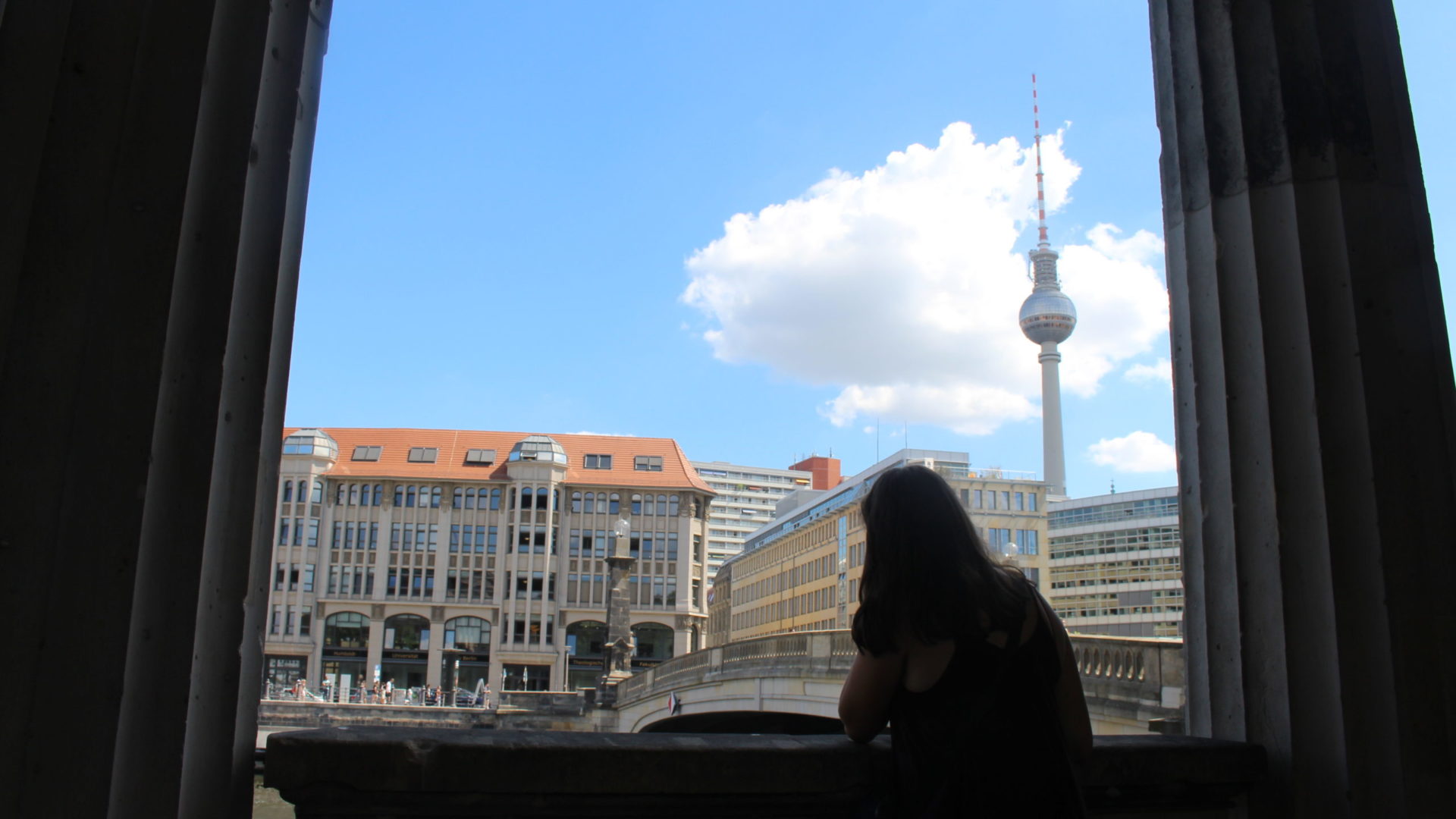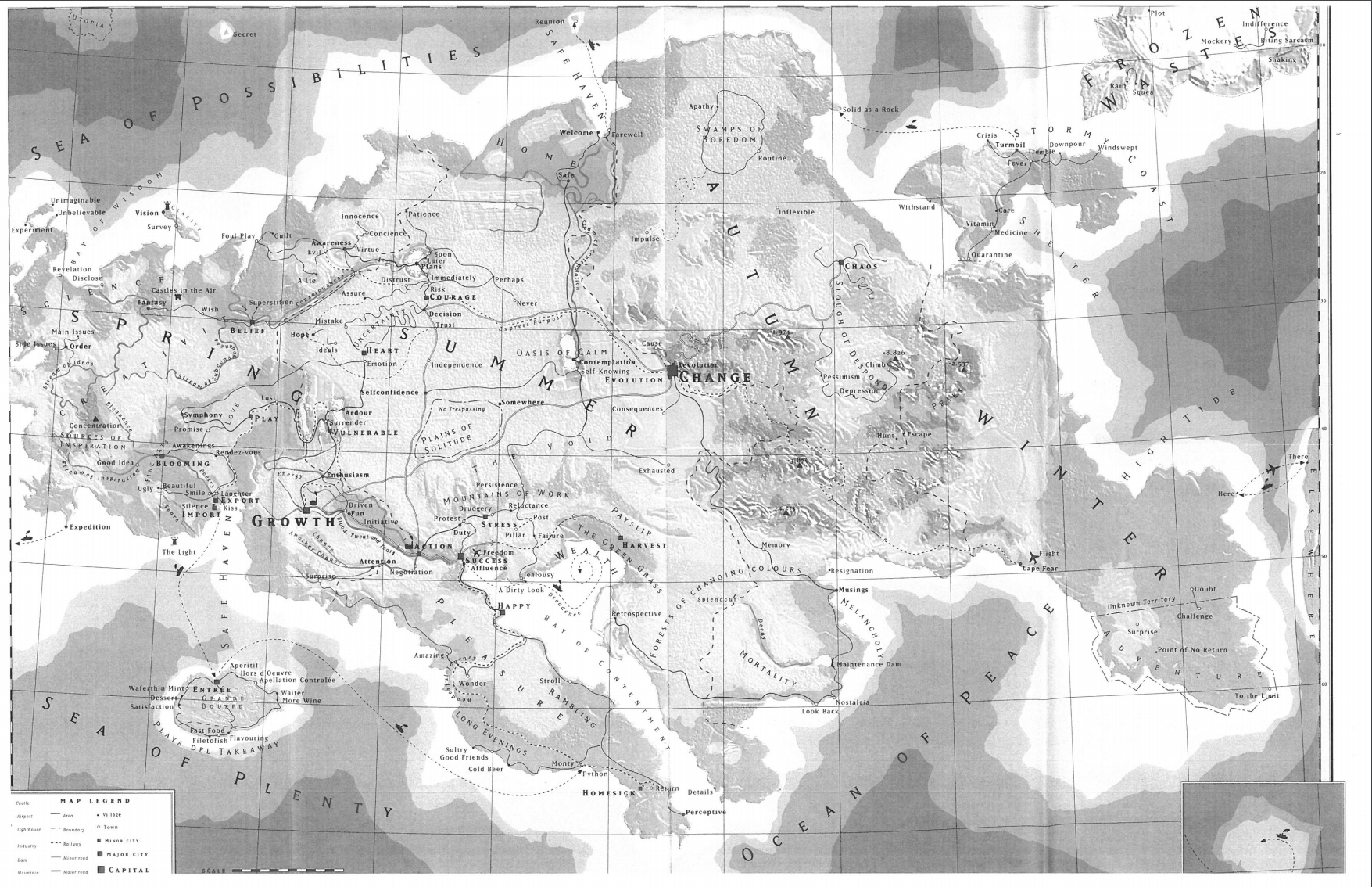Overtourism
My interest in Overtourism started when I first heard about it in my first year of study. It was a concept I had heard thrown around a couple of times, but it started to really pique my interest as I continued my studies. I realized that I had encountered Overtourism when I was traveling in 2018, especially in Barcelona, one of the cities that faces the most Overtourism in the world. I remember the streets being overrun by tourists and noticed that they had a bike rental service that was created only for locals as it had been difficult for them to drive in the city due to tourism. In another past class, I brought up Amsterdam as I read an article stating they were removing the famous Amsterdam sign with the hope it would not put Amsterdam as a high priority location for younger and reckless tourists to visit. There were also many locals that stated they had to move away from the city as it was changing to fit the tourist needs rather than the local needs and that it had become a city a family could not be raised in. The removal of this sign was a form of demarketing the city in order to combat Overtourism. In this course, we also learned about strategies to lessen Overtourism which include reducing the use, modifying the location of use, modify the timing, visitor education, site hardening, and rehabilitation of resources. By starting to incorporate even one of these strategies, it will set a course for the destination to be less overrun by visitors, more sustainable, and be available for future use.

